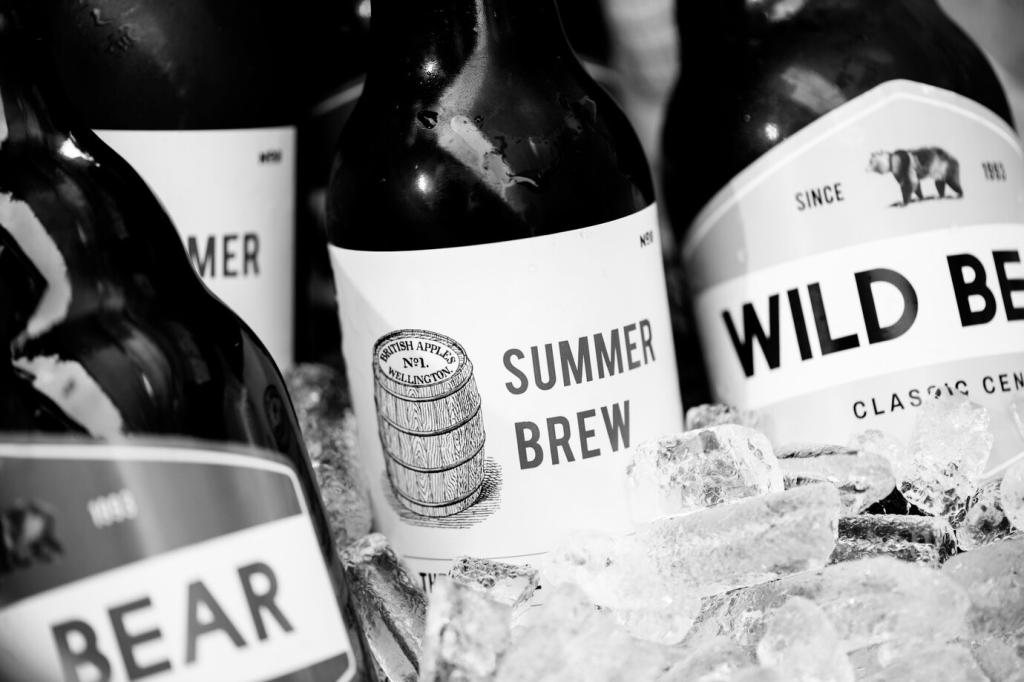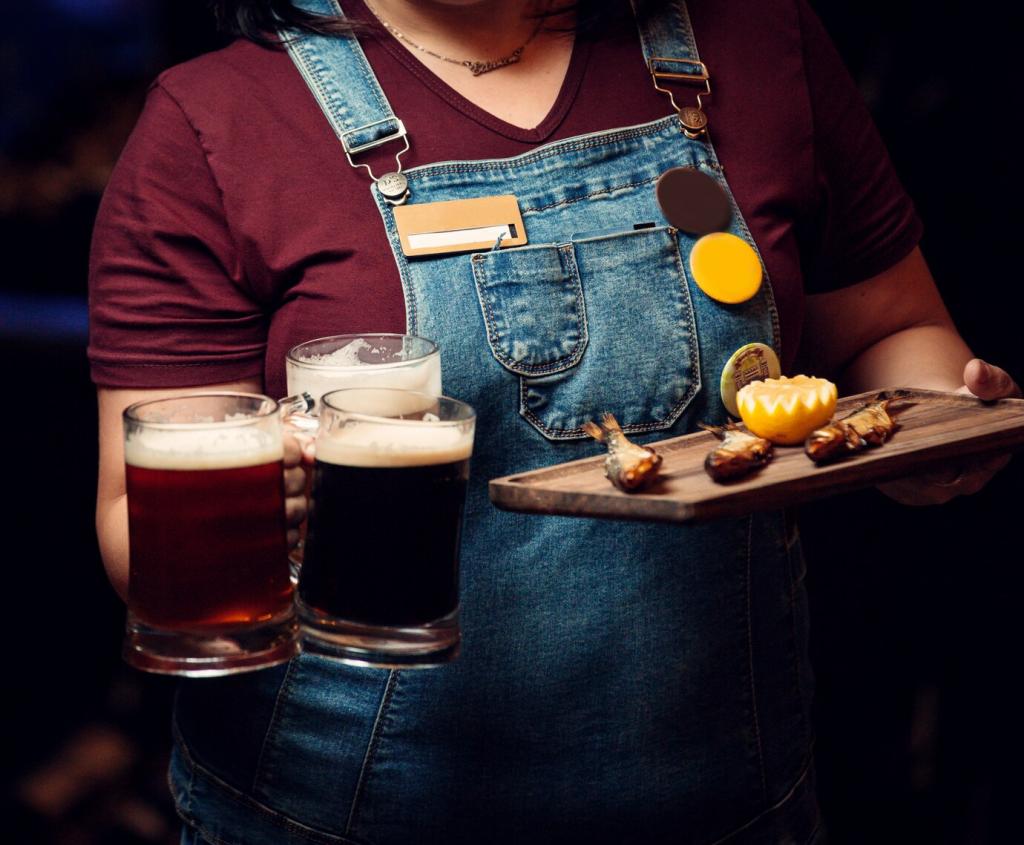Essential Equipment You Actually Need
You’ll need a large pot, fermenter with airlock, sanitizer, siphon or bottling wand, bottles, caps, and a capper. A thermometer and hydrometer make learning easier. Ask below if your kitchen pot is big enough for a partial boil.
Essential Equipment You Actually Need
A fine-mesh strainer, auto-siphon, bottling bucket, adhesive thermometer strip, and a digital scale all reduce stress. A wort chiller saves time and helps prevent off-flavors. Which upgrade tempts you most? Tell us and we’ll prioritize it for your style.







